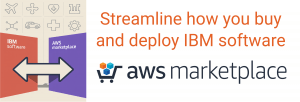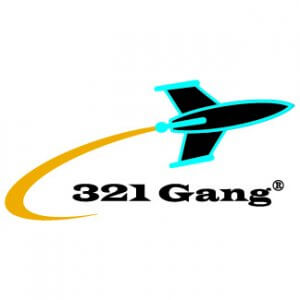An Introduction to AAMI TIR45: The Use of AGILE Practices in the Development of Medical Device Software
Introduction:
In recent years, the medical device industry has seen a significant shift towards the adoption of Agile practices in software development. The Agile methodology, with its iterative and incremental approach, has proven to be highly effective in delivering high-quality software products while accommodating changing requirements. To ensure the safe and effective use of medical device software, the Association for the Advancement of Medical Instrumentation (AAMI) has published Technical Information Report (TIR) 45. In this article, we will explore the fundamentals of AAMI TIR45 and the use of Agile practices in the development of medical device software.
Understanding AAMI TIR45
AAMI TIR45 provides guidance on applying Agile practices in the development of medical device software, particularly in compliance with international standards such as IEC 62304 and ISO 14971. The document emphasizes the importance of balancing Agile’s flexibility with the regulatory requirements and risk management essential for medical devices.
Agile in Medical Device Software Development
1. Iterative Development: Agile promotes an iterative approach, dividing the software development process into smaller, manageable increments called sprints. Each sprint results in a potentially shippable product, allowing developers to gather feedback early and often, making it easier to address potential issues promptly.
2. Collaboration and Communication: Agile fosters a collaborative work environment, where cross-functional teams work together to achieve common goals. Effective communication ensures that all stakeholders are informed about the project’s progress, changes, and potential risks.
3. Flexibility and Adaptability: Medical device development may involve evolving requirements and unforeseen challenges. Agile practices, with their adaptive nature, allow teams to respond quickly to changes and adjust development priorities accordingly.
4. Continuous Integration and Testing: Agile promotes continuous integration and testing, ensuring that the software is continuously verified and validated throughout the development process. This approach minimizes defects and enhances the overall software quality.
Benefits of Agile Practices in Medical Device Software Development
1. Faster Time-to-Market: By breaking down the development process into smaller iterations, Agile enables faster delivery of software components, reducing time-to-market and enabling medical device manufacturers to respond swiftly to market demands.
2. Enhanced Collaboration: Agile methodologies encourage close collaboration among cross-functional teams, leading to a more unified and efficient development process.
3. Higher Product Quality: The continuous integration and testing approach of Agile reduces defects and identifies issues earlier in the development cycle, resulting in a higher-quality end product.
4. Regulatory Compliance: With the guidance provided by AAMI TIR45, Agile practices can be adapted to ensure that medical device software development complies with relevant regulations and standards.
Challenges and Considerations
While Agile practices offer numerous benefits, the adoption of Agile in medical device software development also comes with challenges. Teams must carefully balance the flexibility of Agile with the need for thorough risk management and documentation required by regulatory bodies.
Additionally, the validation of software under Agile practices should align with the regulatory requirements of the medical device industry. Documentation, traceability, and risk management should be well-documented throughout the Agile process.
Conclusion:
In conclusion, Agile practices are becoming increasingly prevalent in the development of medical device software, offering numerous benefits such as faster time-to-market, enhanced collaboration, and higher product quality. With the guidance of AAMI TIR45, medical device manufacturers can effectively implement Agile methodologies while ensuring compliance with regulatory standards. By leveraging Agile’s iterative and adaptive approach, the medical device industry can continue to innovate, delivering safe and effective software solutions to improve patient care.
Are you ready to take your Agile projects to the next level? Contact us now and embark on a journey of improved efficiency and success in your Agile endeavors.
About 321 Gang:
321 Gang is a trusted Agile consultancy, empowering organizations with expert guidance and tailored solutions. As an IBM Business Partner, 321 Gang brings deep expertise in Agile practices, software development, and DevOps to optimize project outcomes and drive customer success.
To learn more or schedule a consultation, visit www.321gang.com or contact us at info@321gang.com.
321 Gang | 14362 North FLW | Suite 1000 | Scottsdale | AZ | 85260 | 877.820.0888 | info@321gang.com
© 2023 Copyright 321 Gang


